Vernacular repair
Repairing Charleston Farmhouse using materials gathered and processed from the surrounding landscape.

Charleston is the former Sussex home of The Bloomsbury group, who included some of the twentieth century’s most pioneering artists, writers and thinkers. It is a “rural outpost (that) remains ambitious, agenda-setting and experimental.” Nicholson, 2018
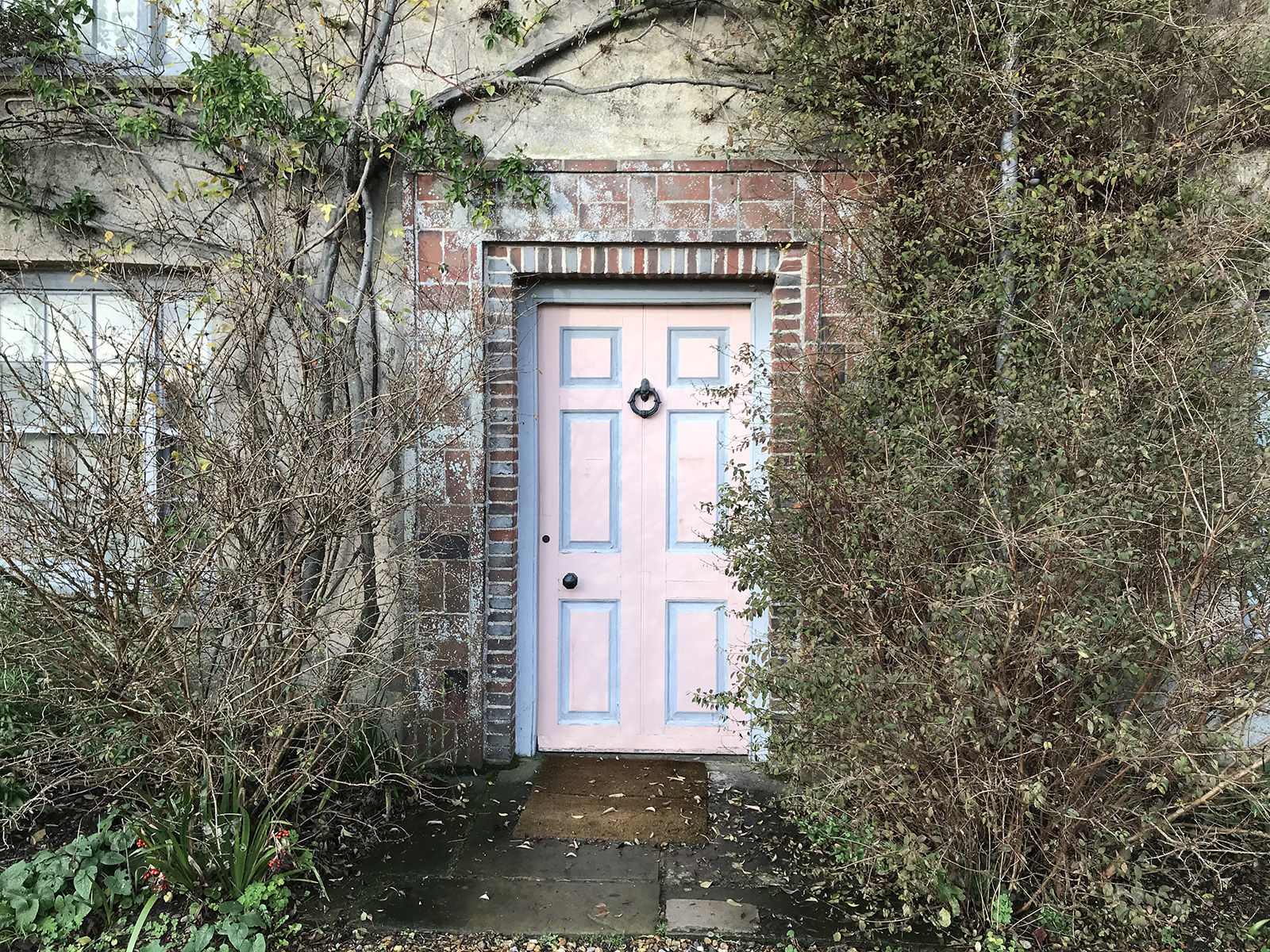
Local Works Studio is on a mission to find the most local and least wasteful materials for any building site.
We were commissioned to make a sensitive repair to the historic fabric of the Grade II* listed Charleston Farmhouse in the South Downs. We aimed to find all the materials we needed from the landscape around the house. Harnessing the spirit of vernacular ingenuity to find uses for materials that are going to waste, exploring traditional processes and finding old ways to solve new problems.

We aim to reveal the hidden journey of materials from landscape to building, via the human hand.
We required 3 materials in order to complete the repair to the house:
- Chalk – excavated during construction work in the Charleston estate, required to make traditional lime plaster
- Chestnut timber – from nearby coppice woodlands, to make traditional split laths required for lime plastering
- Animal hair – from nearby horse stables and dog grooming parlours, to provide strength and flexibility to lime plaster

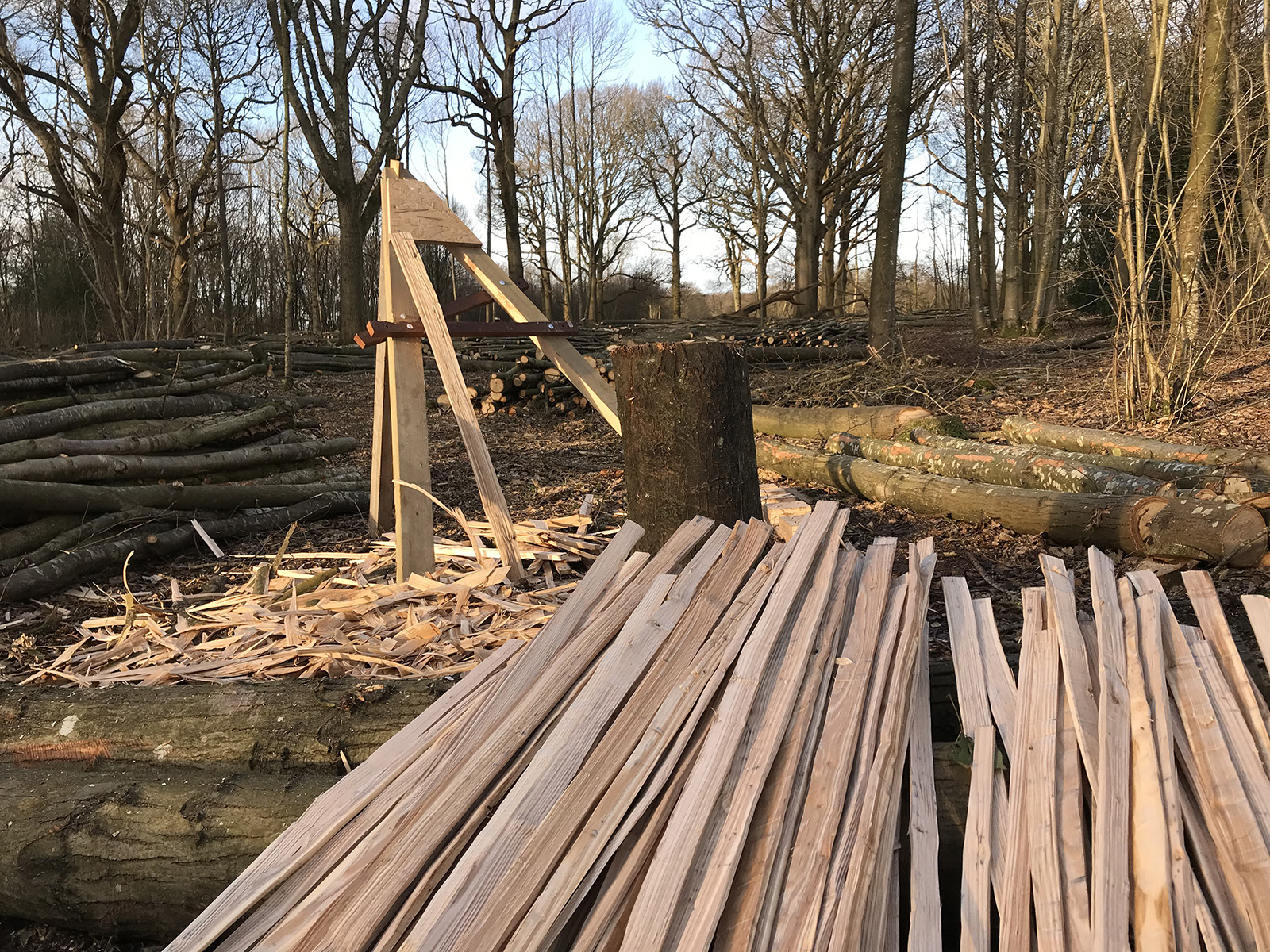

The chalk was processed into lime plaster by crushing, grading and burning in a kiln. The chestnut timber was felled in February 2020 and hand split by us in the woods to make 4 foot length plastering laths. The hair was gathered by grooming the manes and tails of horses and collecting dog hair from the local grooming parlours.
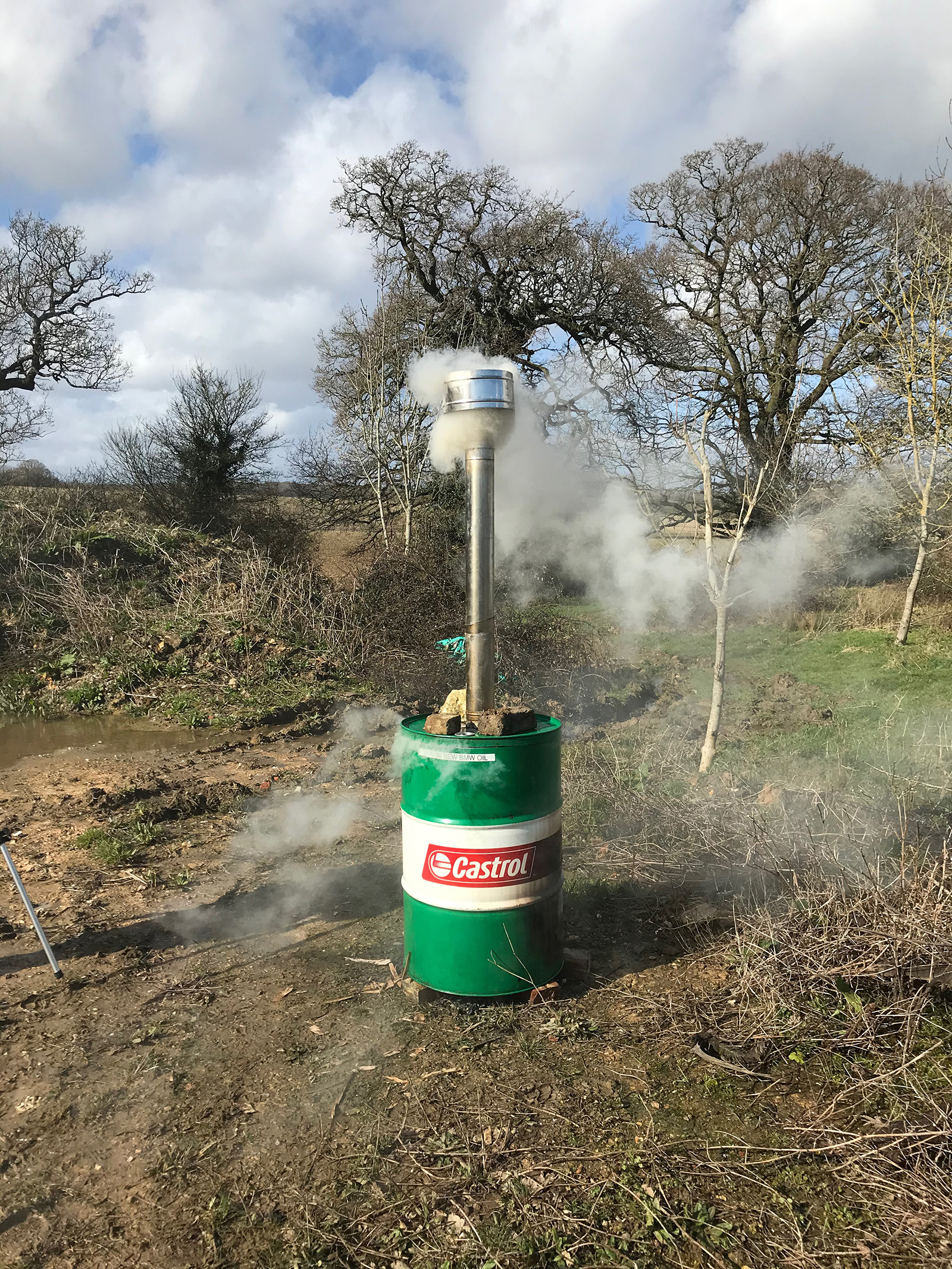
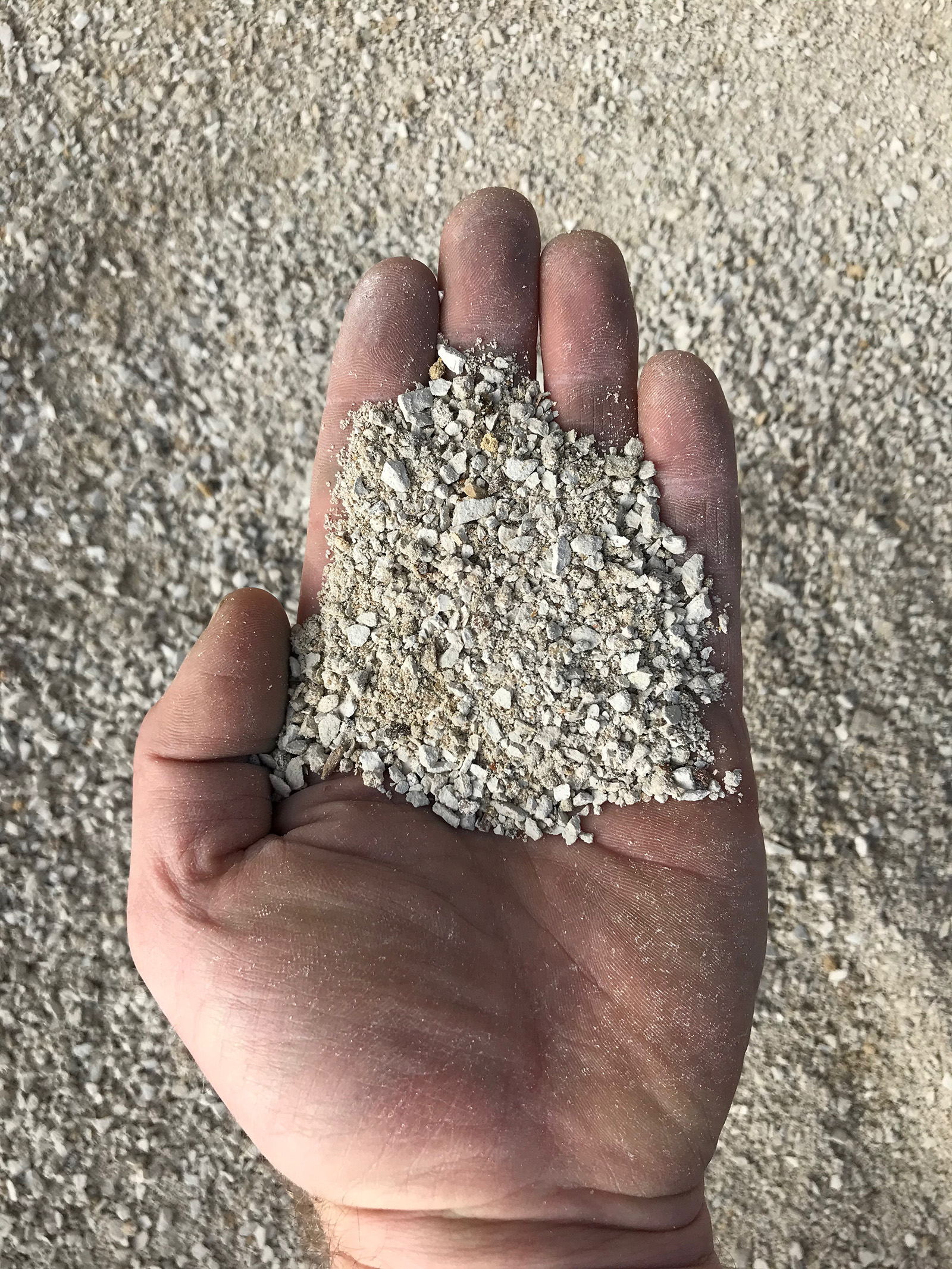


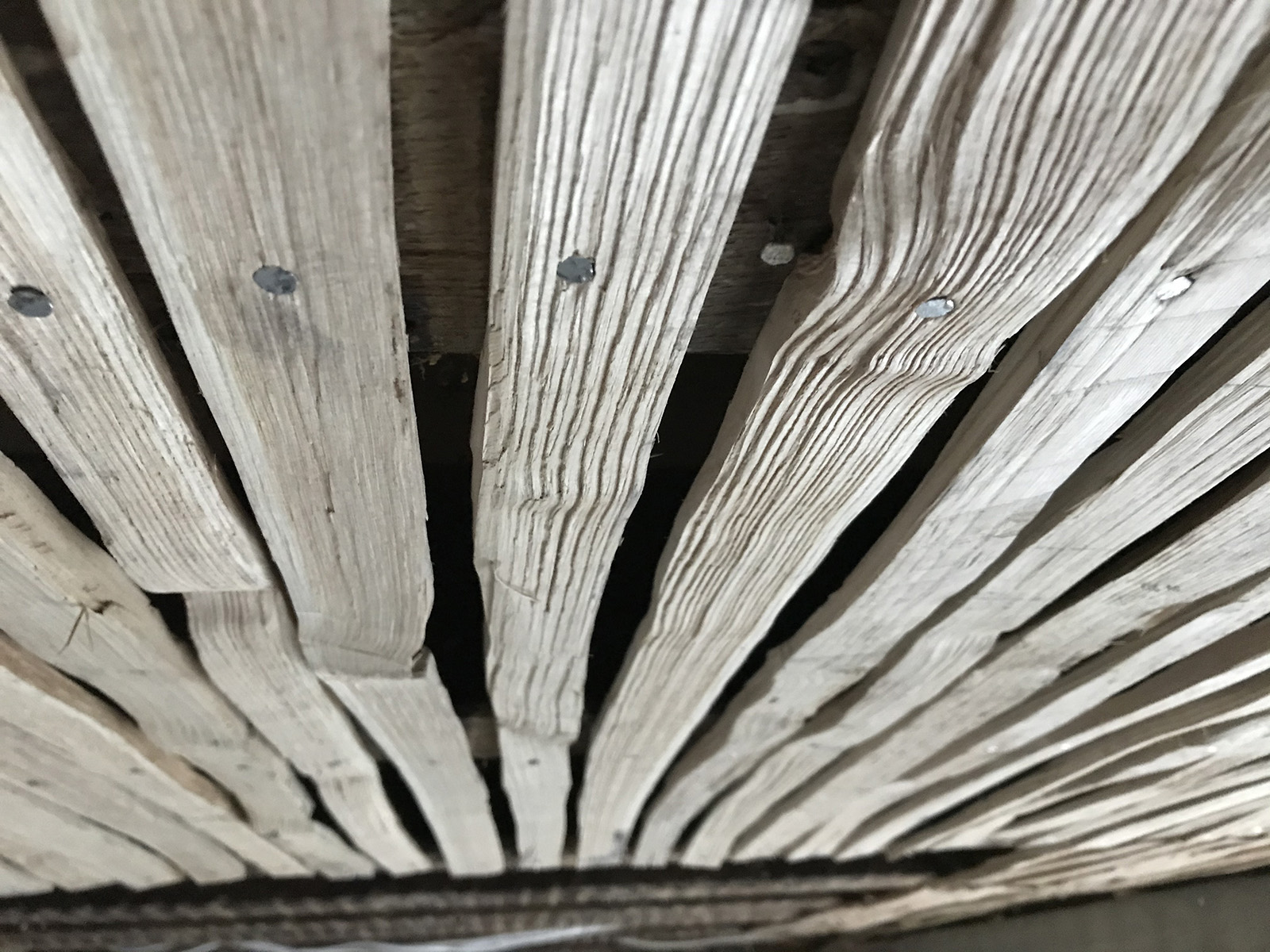
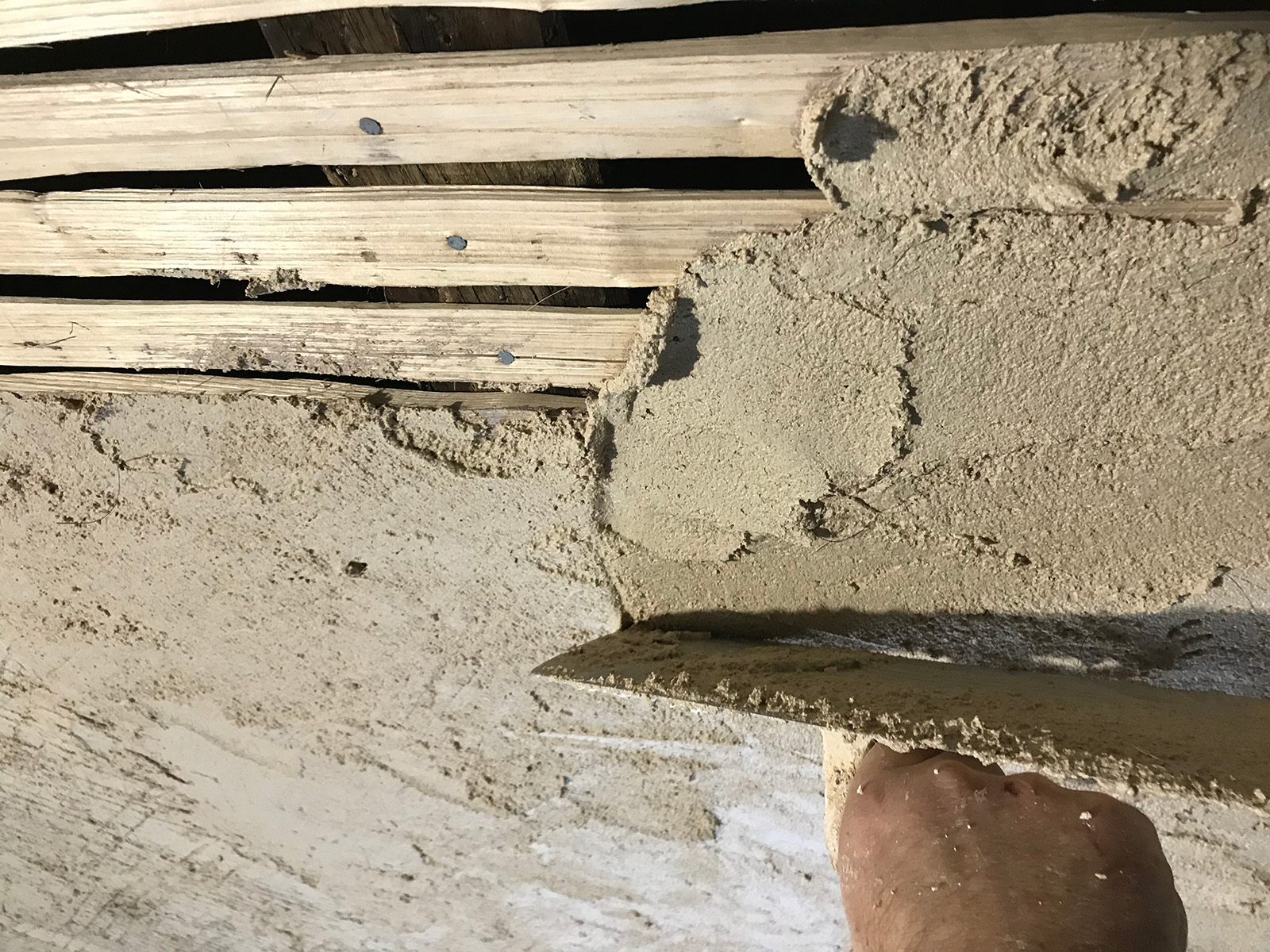
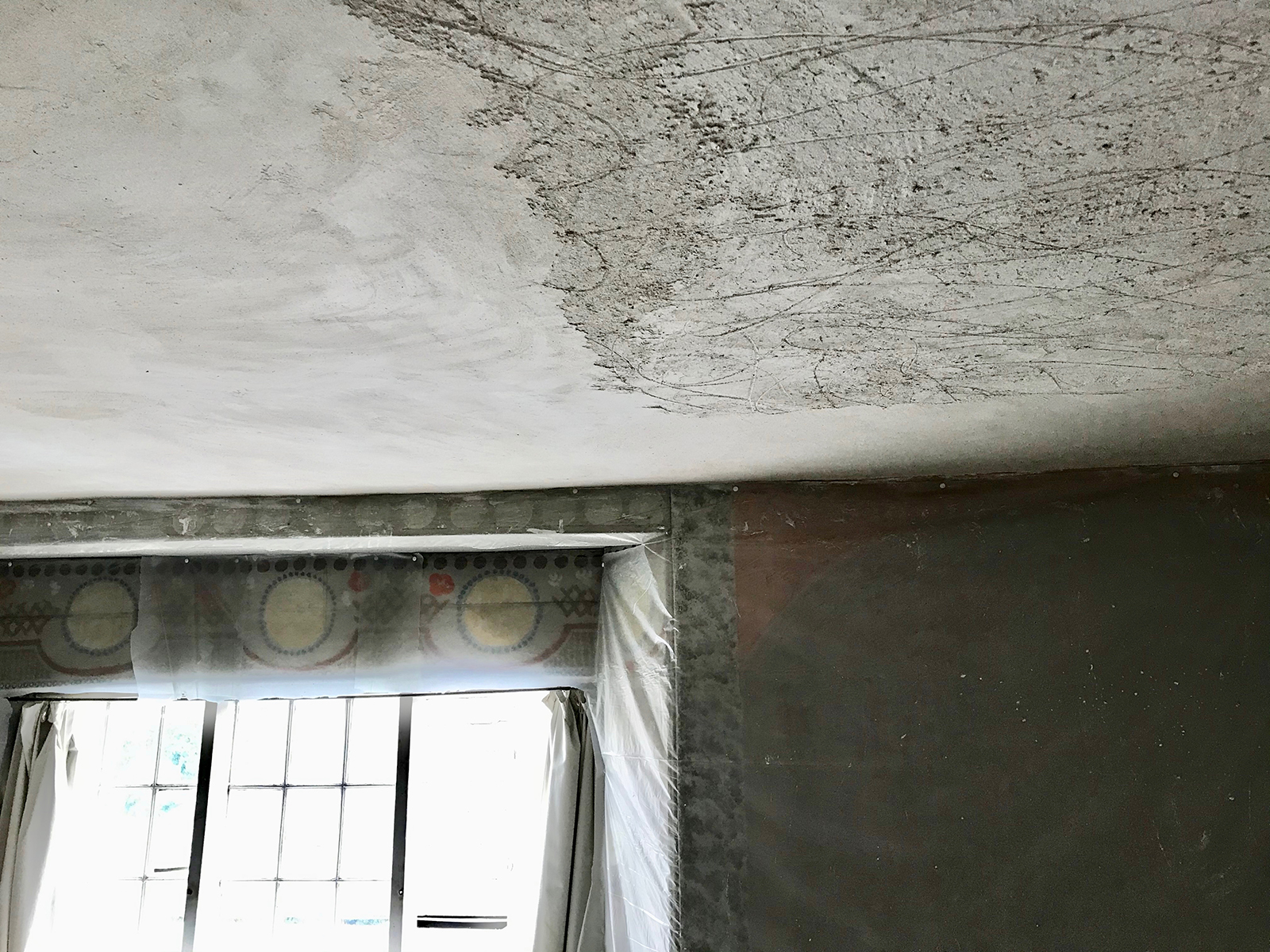
Inspired by the work of ethnographic filmmakers, 1960’s ‘How it’s Made’ magazine shows and other artists documentaries, we are filming the process of our work at Charleston in order to show the link between the landscape, the materials and the house. This is an on-going project and we will be uploading more information as it progresses.
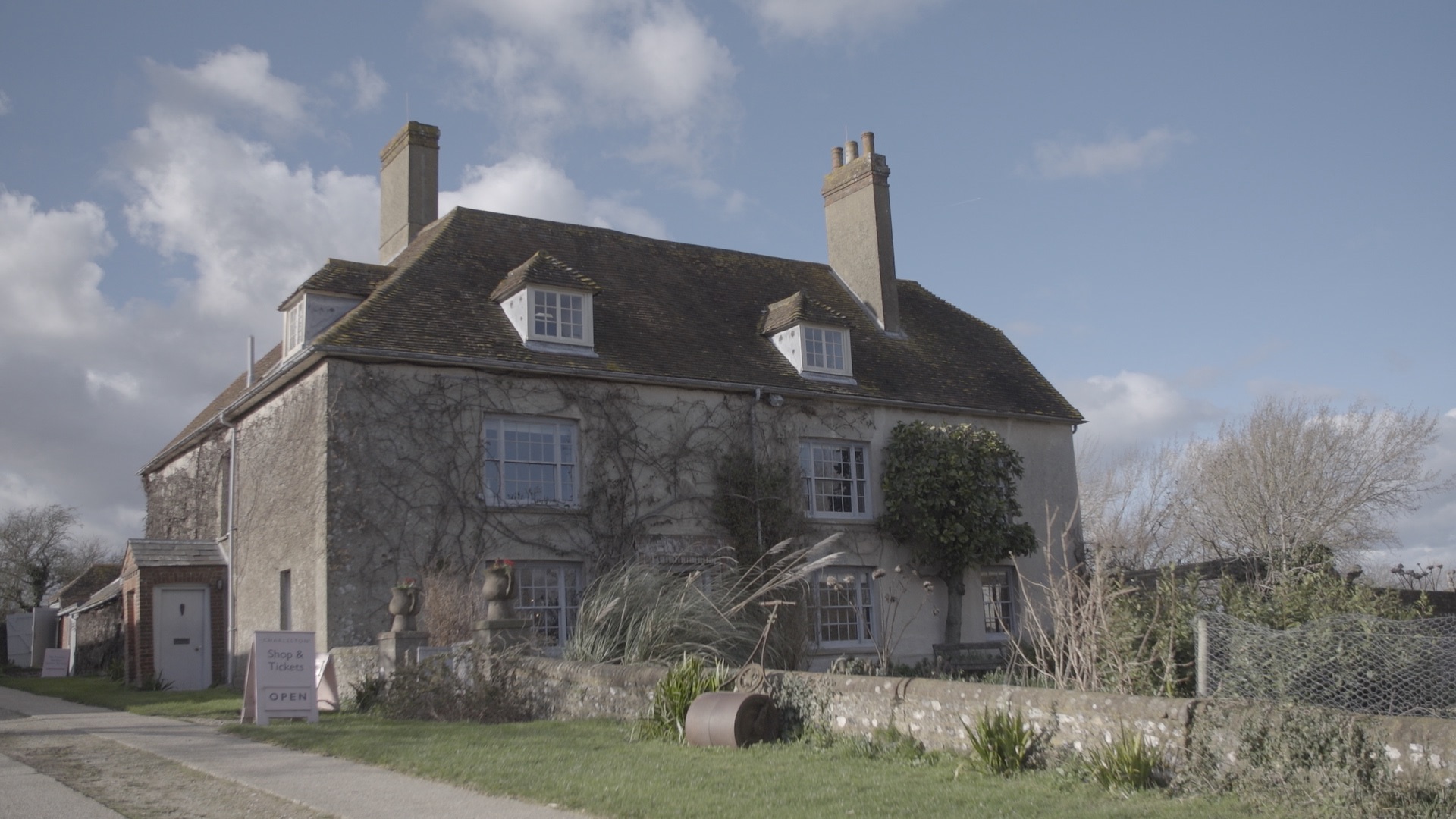
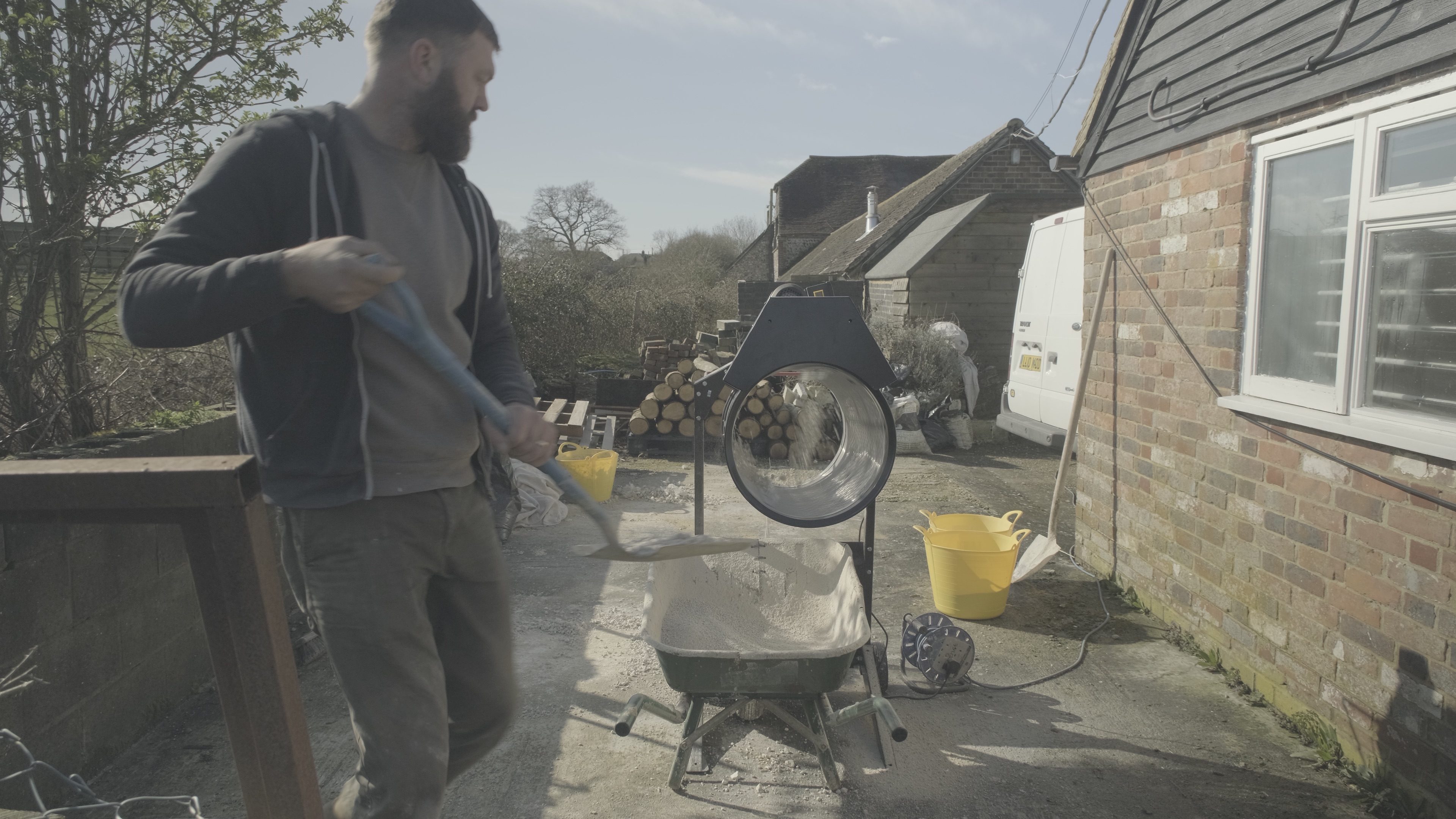
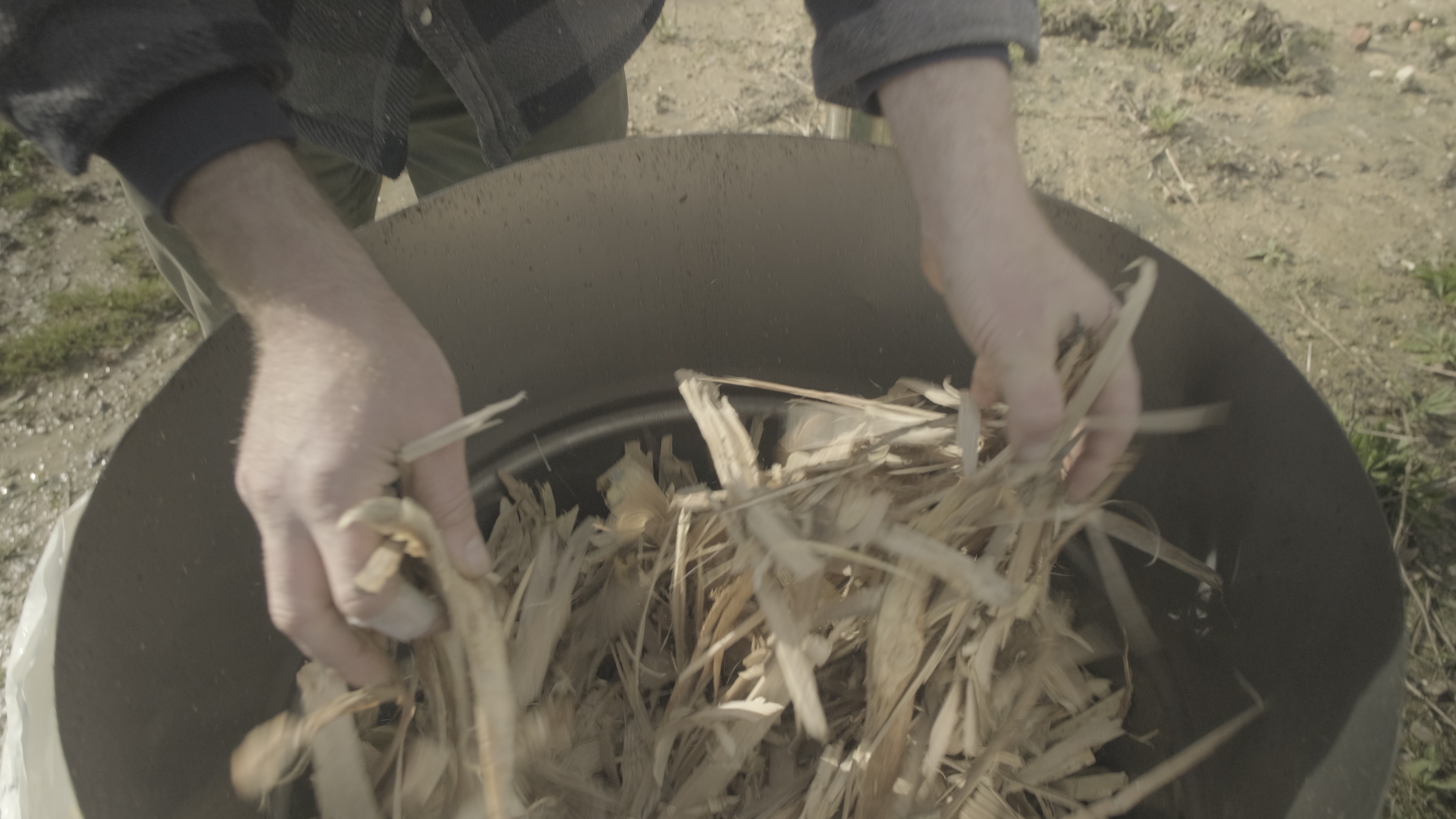
Project: Vernacular repair
Collaborators: Charleston Trust, Vert Woods Community, Farleys House and Gallery, Dubbel Creative.
Location: Charleston, Firle, East Sussex
Date: 2020 – ongoing